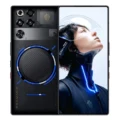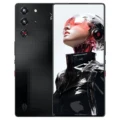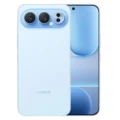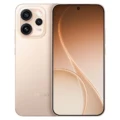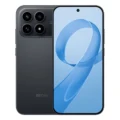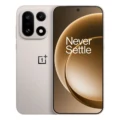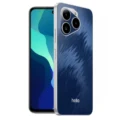ZTE Blade A36
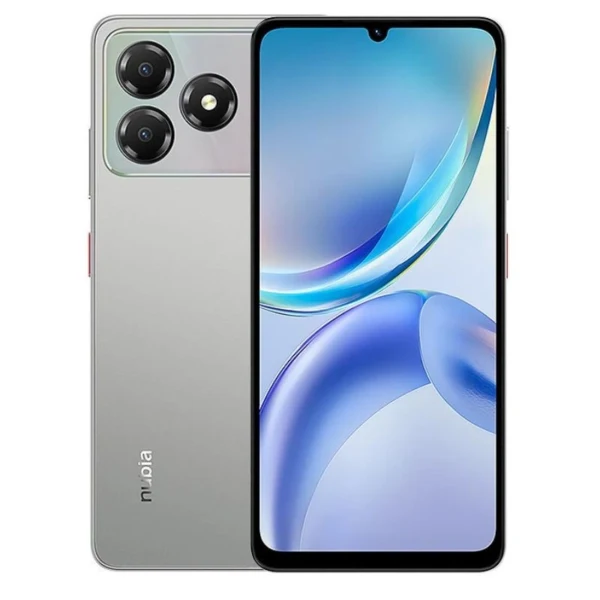

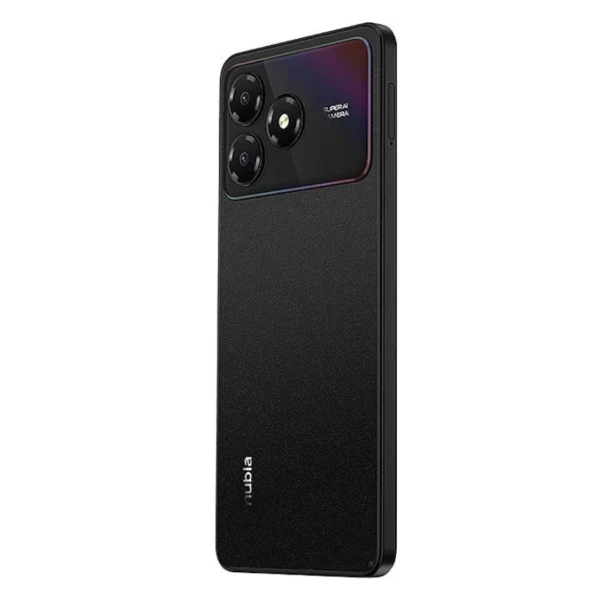
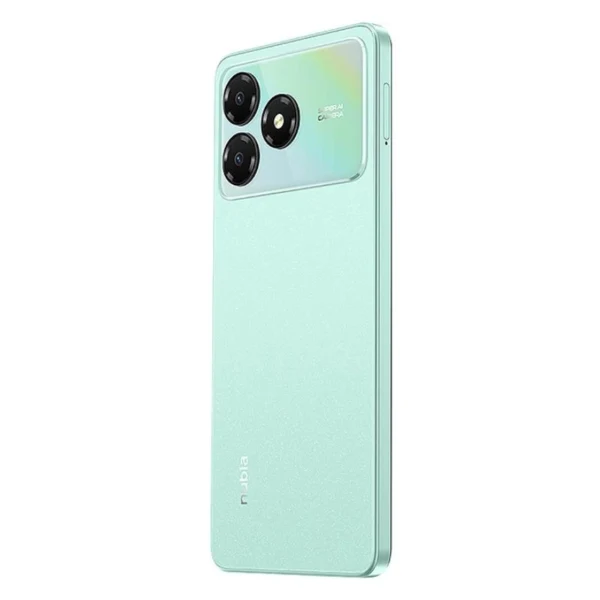
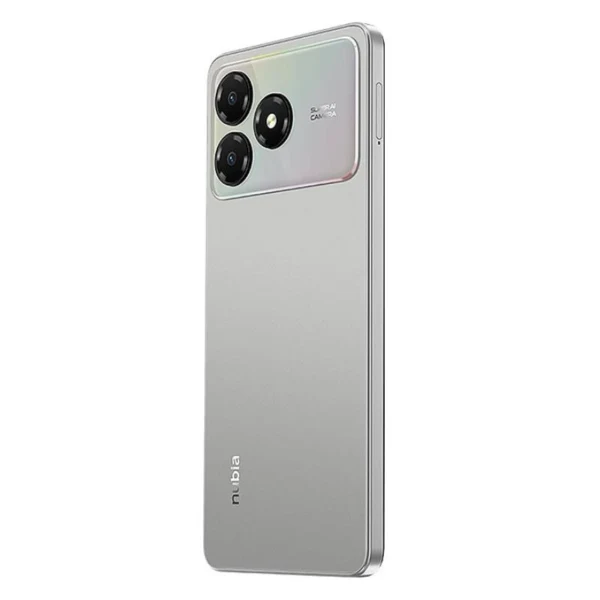
ZTE Blade A36 price in bd
ZTE Blade A36 is now available in variants 4GB+64GB. Now, ZTE Blade A36’s Price is 9,000 Taka in Bangladesh.
Full Specifications
Price in BD
| Expected Price | 9,000 Taka |
General Info
| Announced | 18 June, 2025 |
| Status | Coming Soon |
| Brand | ZTE |
| Model | Blade A36 |
Network
| Technology | GSM / HSPA / LTE |
| 2G bands | GSM 850 / 900 / 1800 / 1900 |
| 3G bands | HSDPA 850 / 900 / 1900 / 2100 |
| 4G bands | 1, 3, 5, 7, 8, 20, 28, 38, 40, 41 |
| Speed | HSPA, LTE |
Body
| Dimensions | 167.6 x 77.4 x 8.3 mm (6.60 x 3.05 x 0.33 in) |
| Weight | - |
| SIM SIM (Subscriber Identity Module) is a small card that contains mobile network subscriber's account information. This allows the phone using the card to attach to a mobile network. The SIM card is most commonly associated with GSM and UMTS mobile networks. Moving a SIM card from one phone to another allows a subscriber to switch mobile phones without having to contact their mobile network carrier. SIM cards can also be used by a phone to store limited amounts of data, such as phone numbers and text messages. | Nano-SIM + Nano-SIM |
| Build | Glass front, plastic frame, plastic back |
| Colors | Black, Green, Silver |
Display
| Display Type Display Technology => A number of display technologies and types used in mobile phones => TFT (Thin Film Transistor), IPS (In-Place Switching), OLED (Organic Light Emitting Diode), AMOLED (Active-Matrix Organic Light-Emitting Diode), Super AMOLED (an even advanced version of AMOLED), Resistive Touchscreen (Resistive touchscreens contain two layer of conductive material with a very small gap between them which acts as a resistance), Capacitive Touchsceen (Capacitive touchscreen technology consists of a layer of glass coated with a transparent conductor) | IPS LCD |
| Size | 6.75 inches, 110.0 cm2 |
| Screen to Body | ~84.8% |
| Refresh Rate | 90Hz |
| Resolution | 720 x 1600 pixels |
| Aspect Ratio | 20:9 |
| Pixel Density Pixel Density (PPI) is refers to the concentration of pixels on a particular display, measured in pixels per inch (ppi). Pixel density is calculated by dividing the diagonal pixel resolution of a display by its diagonal size, higher pixel density better display quality. | ~260 ppi |
| Touch Screen | Capacitive Touchscreen, Multi-touch |
Performance
| Chipset Chipset is a group of integrated circuits designed to perform one or a more dedicated functions, often with real time computing constraints, Popular smartphones are equipped with more advanced embedded chipsets that can do many different tasks depending on their programming. | Unisoc T7200 (12 nm) |
| CPU CPU (Central Processing Unit) mostly known as processors, CPU processes instructions in order to carry out certain functions that make your device operate properly. Processors are often described as the brain of computers, smartphones and tablets, Smartphones and tablets rely on processors to carry out their every task, Processors are an incredibly important factor in selecting any type of computing device, including your smartphone. | Octa-core (2x1.6 GHz Cortex-A75 & 6x1.6 GHz Cortex-A55) |
| GPU GPU (Graphics Processing Unit) is a single-chip processor designed to rapidly manipulate and alter memory to accelerate the creation of images in a frame buffer intended for output to a display, This includes things such as lighting effects, object transformations, and 3D motion. | Mali-G57 MP1 |
| OS | Android 15 |
Memory
| RAM RAM (Random Access Memory) is a type of computer memory that can be accessed randomly, any byte of memory can be accessed without touching the preceding bytes that allows information to be stored and accessed quickly from random locations. RAM is the most common type of memory found in computer systems, smartphones, tablets and other electronic devices. | 4 GB |
| ROM | 64 GB |
| Card Slot Memory Card Slot is a special slot for inserting a memory card. Memory cards allow you to expand the phone's built-in memory, A memory card (sometimes called a flash memory card or a storage card) is a small storage medium used to store data such as text, pictures, audio, and video, for use on small, portable or remote computing devices such as mobile phones, mp3 players, digital cameras. | microSDXC (dedicated slot) |
| UFS | eMMC 5.1 |
Main Camera
| Single | 13 MP, AF Auxiliary lens |
| Flash Flash Light => There is commonly two types of flash lights are used in camera mobile phones, LED Flash (LED flash offers lower power consumption with drive circuitry that takes up very little room, LEDs can be strobed faster than any other light source), Xenon Flash (xenon flash produces an extremely intense full-spectrum white light for a very short duration) | LED flash |
| Video Recording | 1080p@30fps |
| Autofocus | |
| Settings | Exposure compensation, ISO control |
| Zoom | Digital Zoom |
Selfie Camera
| Single | 5 MP |
| Video Recording | Yes |
Sound
| Loudspeaker | |
| 3.5mm jack |
Connectivity
| WLAN Wi-Fi is a popular wireless networking technology using radio waves to provide high-speed network connections that allows devices to communicate without cords or cables, Wi-Fi is increasingly becoming the preferred mode of internet connectivity all over the world. | Wi-Fi 802.11 a/b/g/n/ac |
| Bluetooth Bluetooth is a wireless communications technology for exchanging data between mobile phones, headsets, computers and other network devices over short distances without wires, Bluetooth technology was primarily designed to support simple wireless networking of personal consumer devices. | 5.2, A2DP, LE |
| Positioning | GPS, GALILEO, GLONASS |
| NFC NFC (Near field communication) is a set of standards for smartphones and similar devices to establish peer-to-peer radio communications with each other by touching them together or bringing them into proximity, usually no more than a few inches. | |
| Infrared Infrared connectivity is an old wireless technology used to connect two electronic devices. It uses a beam of infrared light to transmit information and so requires direct line of sight and operates only at close range. | |
| Radio | |
| USB | Type-C 2.0 |
Sensors
| Sensors Sensors are electronic components that detects and responds to some type of input from the physical environment. The specific input could be light, heat, motion, moisture, pressure and location, The output is generally a signal that is converted to use in computing systems, a location sensor, such as a GPS receiver is able to detect current location of your electronic device. | Accelerometer, proximity, compass |
| Fingerprint | No |
| Face Unlock | Yes |
Battery
| Battery Type Battery Type => Cell phones run on various kinds of batteries depending on the manufacturer, phone size or shape and features. There are basically four types of cell phone batteries => Lithium Polymer, Lithium Ion, Nickel Metal Hydride and Nickel Cadmium. | Li-Pol (Lithium Polymer) |
| Capacity Battery Capacity is a measure (typically in Amp-hr) of the charge stored by the battery, and is determined by the mass of active material contained in the battery. The battery capacity represents the maximum amount of energy that can be extracted from the battery under certain conditions. | 5000 mAh |
| Charging | 10W wired |
Tests
PROS
- IPS LCD, 90Hz
- Unisoc T7200 (12 nm)
- microSDXC (dedicated slot)
- FM Radio
CONS
- NFC
- Infrared port
- Not Fast Charging
ZTE Blade A36 Highlights
If you’re on the hunt for an affordable smartphone with solid everyday performance, the ZTE Blade A36 might be just what you’re looking for. Expected to launch soon in Bangladesh with a price of around ৳9,000 this budget-friendly phone offers a great mix of design, features and software. It runs on Android 15, so you’ll get a smooth and up-to-date interface right out of the box. Whether you’re scrolling through social media, streaming videos, or chatting with friends, Android 15 ensures a modern and responsive experience.
The phone features a large 6.75-inch IPS LCD display with a 90Hz refresh rate, giving you smoother visuals than many phones in this price range. Whether you’re watching YouTube videos, playing games, or just browsing the web, the high refresh rate helps reduce lag and improve responsiveness. With a screen-to-body ratio of ~84.8%, it offers an immersive experience for everyday use. The 720 x 1600 resolution is sharp enough for watching HD content without stressing your eyes or the phone’s battery.
Under the hood, the ZTE Blade A36 is powered by the Unisoc T7200 chipset with an octa-core processor that combines Cortex-A75 and Cortex-A55 cores, which means it’s capable of handling most daily tasks like web browsing, light gaming and multitasking without much trouble. Paired with 4GB RAM and 64GB of storage, it delivers enough performance for casual users. There’s even a dedicated microSD card slot for expanding storage if you need more space for photos, videos, or apps.
Photography on the ZTE Blade A36 is straightforward with its 13MP rear camera that includes auto-focus and basic settings like exposure control and digital zoom. While it’s not meant for professional photography, it’s perfect for quick snaps, school assignments or social media uploads. The 5MP selfie camera is decent for video calls and casual selfies. Both front and back cameras support video recording at 1080p@30fps, making it useful for recording memories or sharing updates on social media.
In terms of connectivity, the Blade A36 supports 4G LTE, Wi-Fi, Bluetooth 5.2, and GPS. You won’t find NFC or infrared here, but for the price, the essentials are all covered. There’s even a 3.5mm headphone jack, which is becoming rare in modern phones. The USB Type-C port supports 10W charging, and the large 5,000 mAh battery will easily last you a full day of use or even more with moderate usage, making it ideal for students, travelers, and light users.
Another useful feature is Face Unlock, which offers a quick and secure way to unlock your phone without a fingerprint sensor. The device also includes basic sensors like accelerometer, proximity, and compass. While it may not come with all the bells and whistles, it’s well-balanced for a phone in the entry-level segment.
1. What is the price of the ZTE Blade A36 in Bangladesh?
The expected price of the ZTE Blade A36 in Bangladesh is ৳9,000.
2. Does the ZTE Blade A36 support 4G?
Yes, the Blade A36 supports 4G LTE with a wide range of bands for better coverage and speed.
3. What version of Android does the ZTE Blade A36 come with?
The ZTE Blade A36 runs on Android 15, offering the latest features and security updates.
4. Can I expand the storage on the ZTE Blade A36?
Yes, the phone includes a dedicated microSDXC slot, so you can expand storage beyond the built-in 64GB.
5. Does the ZTE Blade A36 have a fingerprint sensor?
No, it does not have a fingerprint sensor, but it supports Face Unlock for security.
6. How long does the battery last on the ZTE Blade A36?
With a 5,000 mAh battery, the phone easily lasts a full day or more on regular usage.
Why should you buy this ZTE Blade A36 phone?
If you’re looking for a budget smartphone under ৳10,000 in Bangladesh, the ZTE Blade A36 is a strong contender. It offers a modern Android 15 experience, a large 90Hz display, dependable battery life, and solid build quality. For students, first-time smartphone users, or anyone needing a reliable secondary device, this phone delivers excellent value for money.
| Model | : | ZTE Blade A36 |
| Released | : | 2025, June |
| RAM | : | 4 GB |
| ROM | : | 64 GB |
| Price | : | 9,000 Taka |
Our Verdict on the ZTE Blade A36
The ZTE Blade A36 isn’t trying to be flashy—but that’s exactly its strength. It focuses on getting the basics right: smooth performance, clean software, long battery life, and a user-friendly display. For a price of ৳9,000, it’s hard to complain. While it lacks extras like a fingerprint scanner or fast charging, it’s still a great budget phone for everyday use. We think it’s a smart choice for those who want functionality without spending a fortune.
Follow X – See ZTE Blade A76
Reviews
Disclaimer Note
We always try our best to keep our website content and information updated and correct, the material and information contained on our website is for general information purposes only, You should not rely upon the material and information as a basis for making any business, legal or any other decisions.

